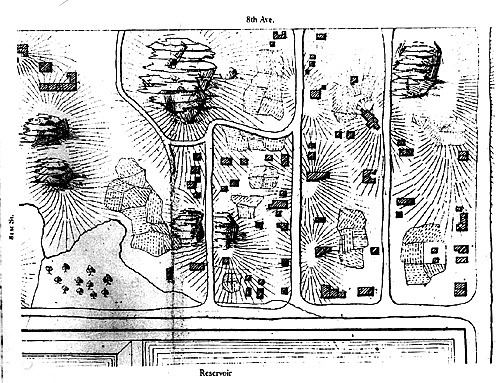 | ||
Weather 8°C, Wind N at 10 km/h, 72% Humidity | ||
Seneca Village was a small village in the borough of Manhattan in New York City, founded by free black people. Seneca Village existed from 1825 through 1857, when it was destroyed for the construction of Central Park.
Contents
- Seneca village ghost town central park
- Etymology
- Melting pot
- Institutional buildings
- 1855 Census
- Political Involvement
- Razing
- Memorialization
- Archeological excavations
- References

The village was the first significant community of African American property owners on Manhattan, and also came to be inhabited by several other minorities, including Irish and German immigrants. The village was located on about 5 acres (20,000 m2) between where 82nd and 89th Streets and Seventh and Eighth Avenues would now intersect, an area now covered by Central Park. A stone outcropping near the 85th Street entrance to Central Park is believed to be part of a foundation of the African Methodist Episcopal Zion Church.
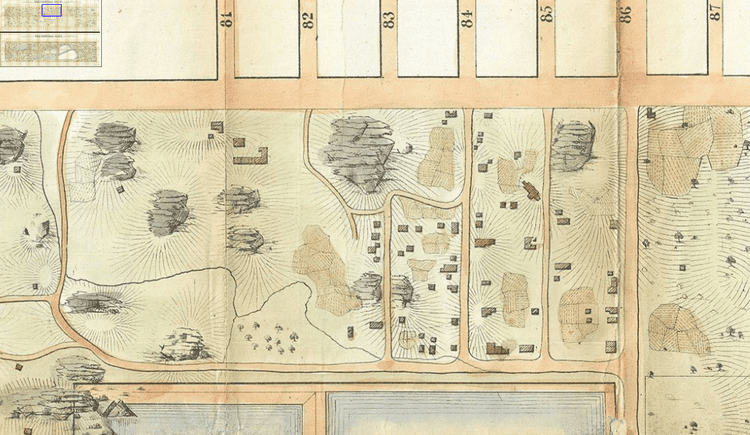
Seneca village ghost town central park
Etymology
The origin of Seneca Village's name is not exactly known; however, a number of theories have been advanced.
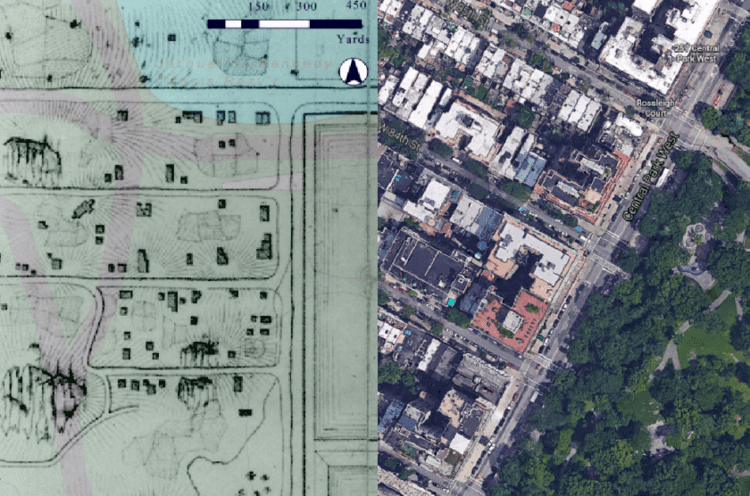
- One theory suggests the word “Seneca” came from a Roman philosopher named Lucius Annaeus Seneca, whose book was often read by African American activists.
- In Upstate New York, the Hamlet of "Seneca Falls" was established in the 17th century. Notable strides in Women's Rights and Civil Rights were made in this area. In New York, many major names were repeated in naming new provinces and villages. Seneca Falls was connected to the Erie Canal in 1828. Many names, such as Seneca and Bedford, can be found throughout Manhattan and other areas of NY.
- Another theory is that the village was named after a group of Native Americans, the Seneca nation.
- Sara Cedar Miller, the Central Park Conservancy's historian suggests, "It must have been an ethnic slur," a way to simultaneously denigrate Indians and blacks.
- Some suggest it is a derivative of Senegal, a country in West Africa, where many of the people who lived in the village were from.
- Yet other theories suggest the name could also have been used as a code for the Underground Railroad.
Melting pot
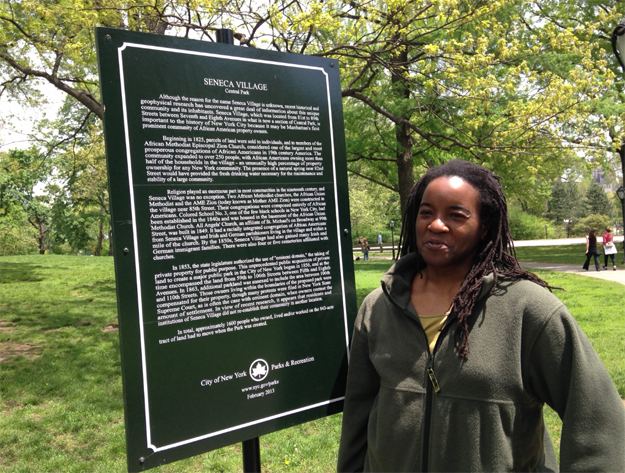
Blacks first came to the area in September 1825, when John Whitehead, a white real estate prospector, began selling off parcels of his farm. Andrew Williams, a young black man, first bought three lots for $125. By 1832, about 26 more lots were sold to African Americans. Epiphany Davis, a laborer and trustee of the African Methodist Episcopal Zion Church, bought 12 lots for $578 the same day. The church itself then bought 6 lots. Between 1825 and 1832, real estate records show, the Whiteheads sold at least 24 land parcels to black families. Seneca Village became a gathering place after one main historical event: slavery's coming to an end in New York State on July 4, 1827. In addition to the disproportionate number of landowning African Americans in Seneca Village, many residents boarded in homes they did not own, demonstrating that even within the innovative activist community of Seneca Village, there was significant class stratification.
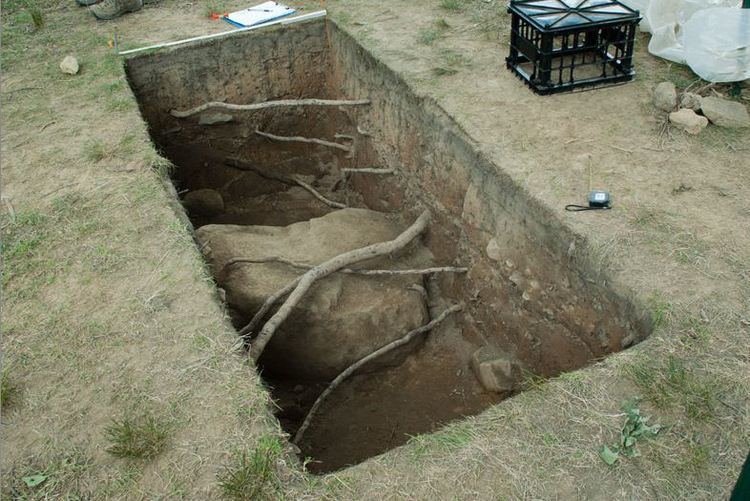
In the early 19th century, Seneca village attracted many other ethnic groups for different reasons. Seneca Village grew in the 1830s when people from a community called York Hill were forced to move after a government-enforced eviction; the York Hill land was used to build a basin for the Croton Distributing Reservoir.
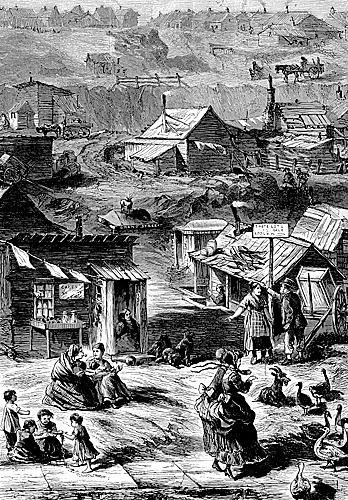
Later, during the potato famine in Ireland, many Irish residents came to live in Seneca Village, swelling the village by 30 percent during this time. Both African Americans and Irish immigrants were marginalized and faced discrimination throughout the city. Remarkably, despite their social and racial conflicts elsewhere, the African Americans and Irish in Seneca Village chose to live in close proximity to each other.
Institutional buildings

The Village had three churches, two schools, and two cemeteries. The First African Methodist Episcopal Zion Church of Yorkville laid its cornerstone in Seneca Village in 1853. A box put into the cornerstone contained a Bible, a hymn book, the church's rules, a letter with the names of its five trustees, and copies of the Tribune and The Sun newspapers. Its sister church, known as Mother AME Zion, is in Harlem on 137th Street. Following the razing of Seneca Village, AME Zion Church disappeared.

All Angel's Church, which was founded in the 1830s, also served as a community center in Seneca Village. When the community was razed, the Church relocated to the corner of 81st Street and Eleventh Avenue (West End Avenue).
There was a school located in a church where 17-year-old Catherine Thompson taught the Village's children.
1855 Census

In 1855, a New York State Census found that Seneca Village had 264 residents. At this time in New York City's history, most of the city's population lived below 14th Street, and the region above 59th Street was only sporadically developed, and was semi-rural or rural in character. No one knows where the residents of Seneca Village resettled. To date, no living descendants of Seneca Villagers have been found.
Political Involvement
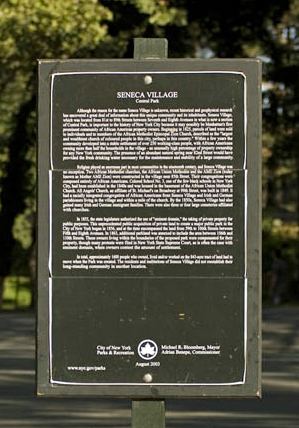
Of the 13,000 Black New Yorkers, 91 Black New York residents were qualified to vote, and 10 lived in Seneca Village. The purchase of land by Blacks came to play out significantly in their political engagement. Blacks in Seneca Village were extremely politically engaged in proportion to the rest of New York. In order to vote, a male needed "a $250 freehold estate and three years of residency in the state."
Razing
Talks of a centralized park in Manhattan park became serious in 1848, with the publication of Andrew Downing's "A Talk about Public Parks and Gardens." A horticulturalist and landscape designer, Downing believed that creating public space would advance urban environments. He believed that Manhattan was the ideal location for a public park because it would promote social freedom by providing a space for interaction between different classes.
The original location selected for this park was at Jones Wood, which was near the East River. Downing immediately opposed the location, claiming that it was too small and would not be effective in serving the larger purpose. In July 1851, the Common Council took Downing's advice and wanted "the piece of ground lying between Fifth and Eighth Avenues, Fifty-Ninth and One Hundred Sixth Streets."
When Manhattanites found out about this change in location, they organized a petition against the new location, which gained thousands of signatures. The petition stated that "the time to consummate this desirable object should no longer be delayed," and that the Council should work as soon as possible on the land which is "so eligibly situated," referring back to the original location at Jones Woods. Consequently, the subcommittee overturned the plans, and went back to the construction of a park at Jones Woods. This was short-lived, for Fernando Wood, the new Mayor, used his power to veto the resolution on March 23, 1855.
As the campaign to create Central Park moved forward park advocates and the media began to describe Seneca Village and other communities in this area as "shantytowns" and the residents there as "squatters". The village was razed for park construction. Residents were offered $2,335 for their property. Members of the community fought to retain their land. For two years, residents resisted the police as they petitioned the courts to save their homes, churches, and schools. Some Villagers were violently evicted in 1855. However, in the summer of 1856, Mayor Fernando Wood(D) prevailed, and residents of Seneca Village were given final notice. In 1857, the city government acquired all private property within Seneca Village through eminent domain. On October 1, 1857, city officials in New York reported that the last holdouts living on land that was to become Central Park had been removed.
A newspaper account at the time suggested that Seneca Village would “not be forgotten…[as] many a brilliant and stirring fight was had during the campaign. But the supremacy of the law was upheld by the policeman’s bludgeons.” There are few records of where residents went after their eviction and the community was destroyed.
As workers were uprooting trees at the new entrance of Central Park in 1871, on the corner of 85th Street and 8th Avenue, they came upon two coffins, both containing Black people from Seneca Village.
Memorialization
The Seneca Village project, which formed in 1998, is dedicated to raising awareness about Seneca Village's significance as a free, middle-class black community in 19th century New York City. The project facilitates educational programs, which engage school children, teachers and the general public, and bring Seneca Village into public knowledge.
In February 2001, Parks Commissioner Henry Stern, State Senator David Paterson, Borough President C. Virginia Fields, and New York Historical Society Executive Director Betsy Gotbaum unveiled the Historical Sign commemorating the site where Seneca Village once stood.
Archeological excavations
Following a 1997 exhibition on the community at the New-York Historical Society, archaeologists Diana Wall and Nan Rothschild and educators Cynthia Copeland and Herbert Seignoret of Barnard College, New York University and the City College of New York decided to see if any archaeological traces of the village remained. They worked with local historians, churches and community groups to shape the direction of their research project on the site.
With student participation, the project conducted exhaustive archival research and preliminary remote sensing. Researchers used soil borings to identify promising areas with undisturbed soil. In 2005 the team performed ground-penetrating radar tests, successfully locating traces of Seneca Village. After extended discussions with the New York City Department of Parks and the Central Park Conservancy, officials granted permission for test excavations in the regions of the village most likely to contain intact archaeological deposits. Digs took place in 2004, August 2005, and summer 2011 the buried remains of the village were the subject of archaeological investigation.
The 2011 excavation uncovered the homestead of William Godfrey Wilson, a sexton for All Angels' Church, and another important deposit from the backyard of two other Seneca Village residents. Archeologists found over 250 bags of artifacts, including the bone handle of a toothbrush and the leather sole of a child’s shoe. The public location of the site in Central Park meant that excavators had to back-fill incomplete units each weekend and could not cut any root thicker than half an inch. Nighttime guards also monitored the site to ensure that it was undisturbed. Following the excavation, more than 300 people attended an open house at the project site.
